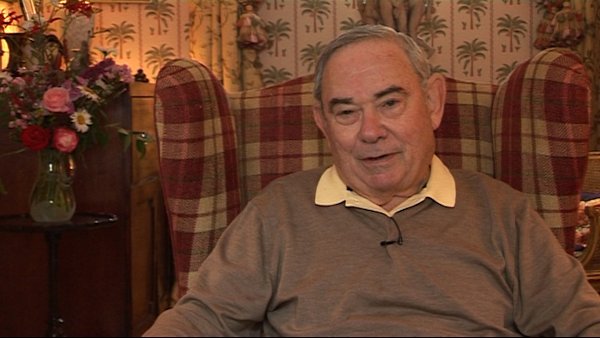NEXT STORY

Testing cell cultures for sensitivity to human viruses
RELATED STORIES

NEXT STORY

Testing cell cultures for sensitivity to human viruses
RELATED STORIES


|
Views | Duration | |
|---|---|---|---|
| 51. Cell division | 81 | 03:00 | |
| 52. Cryobiology | 61 | 02:53 | |
| 53. Studying the transformation of normal cells into cancerous cells | 80 | 01:51 | |
| 54. HeLa cells | 124 | 02:02 | |
| 55. The WISH cell line | 132 | 01:56 | |
| 56. Testing cell cultures for contamination with mycoplasmas | 81 | 02:30 | |
| 57. Setting cell cultures using human embryonic tissue | 101 | 02:42 | |
| 58. Properties of human tumor tissue | 60 | 02:36 | |
| 59. Testing cell cultures for sensitivity to human viruses | 49 | 03:47 | |
| 60. Discovering a new rhinovirus | 53 | 00:35 |


It's important now to say that the split ratio, which means from a mother bottle you can make, of course, two bottles, three, five, ten, 25, some... virtually any small number. To keep the mathematics simple, and indeed we started out being very simple, we cultured... we subcultured the cells once a week, or perhaps, I think it was twice a week, since they reached confluency in about three or four days. And that was called subcultivation, or split, and so we kept records of this. That's essential.
With the tumour tissue, we didn't do that because surprisingly, you might guess, the tumour tissue would grow very rapidly. We'd have no trouble subcultivating it and we could keep accurate records, so that turned out not to be true. We cultured approximately 500 human tumour tissues, specimens, none of which replicated more than half a dozen or 20 times, something in that range, 20 subcultivations. That was a bit of a surprise, although a couple of them, namely tumours from human neuroblastomas did in fact transform and become immortal. But that was one or two out of 500. That wasn't too much of a surprise because as we were beginning to learn not only from my lab but other labs, the acquisition of cancer cell properties is not an immediate event. There are many properties that cancer cells have, starting off with properties that we still don't understand to properties that we do realise, like size, shape, chromosome structure, things on a larger scale, plus their final acquisition – we think it's final – is the acquisition of this property of immortality and I'll have more to say about that much later. So that wasn't a big shock, but it's important to say because most people think that if you're... because cancer cells are generally referred to as being immortal that they believe when you first put them in a culture, they're immortal and they're not.
Leonard Hayflick (b. 1928), the recipient of several research prizes and awards, including the 1991 Sandoz Prize for Gerontological Research, is known for his research in cell biology, virus vaccine development, and mycoplasmology. He also has studied the ageing process for more than thirty years. Hayflick is known for discovering that human cells divide for a limited number of times in vitro (refuting the contention by Alexis Carrel that normal body cells are immortal), which is known as the Hayflick limit, as well as developing the first normal human diploid cell strains for studies on human ageing and for research use throughout the world. He also made the first oral polio vaccine produced in a continuously propogated cell strain - work which contributed to significant virus vaccine development.
Title: Properties of human tumor tissue
Listeners: Christopher Sykes
Christopher Sykes is a London-based television producer and director who has made a number of documentary films for BBC TV, Channel 4 and PBS.
Tags: split ratio, subcultivation, human tumor tissue, human neuroblastoma, cancer cell properties, immortality
Duration: 2 minutes, 36 seconds
Date story recorded: July 2011
Date story went live: 08 August 2012